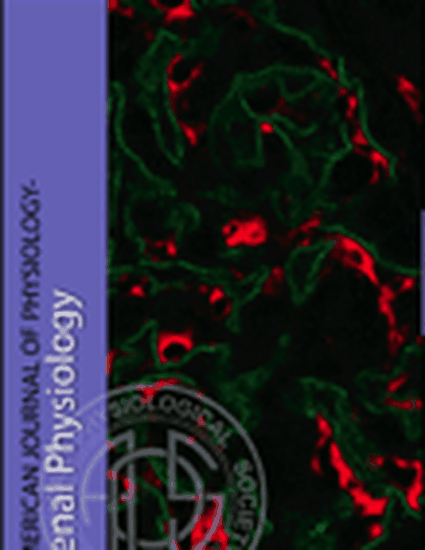
Article
Kidney injury molecule-1 identifies antemortem injury in postmortem adult and fetal kidney
American Journal of Physiology-renal Physiology
(2018)
Abstract
There is currently no technique to unambiguously diagnose antemortem kidney injury on postmortem examination since postmortem tissue damage and autolysis are common. We assessed the ability to detect kidney injury molecule-1 (KIM-1) expression in adult and fetal kidneys examined at autopsy. In adult kidneys ( n = 52 subjects), we found that the intensity of KIM-1 staining significantly correlated with the antemortem level of serum creatinine, and this was independent of the extent of tissue autolysis. In addition, kidneys from a total of 52 fetal/neonatal subjects, 30 stillborns and 22 liveborns, were assessed for KIM-1 staining. Given that serum creatinine is unreliable and often unavailable in fetuses and newborns, we assessed preterminal hypoxia in fetuses by the presence of squames in pulmonary alveoli and by required intubation. KIM-1 expression correlated with these clinical indexes of hypoxia. The expression of KIM-1 was seen in a majority of the fetal and neonatal autopsy kidneys (77%, 40/52) as early as 16 wk of gestation, even in the presence of autolysis. Thus KIM-1 is a specific and stable marker of antemortem tubular injury in kidneys of adults and fetuses despite postmortem autolysis.
Keywords
- KIM-1,
- TIM-1,
- acute kidney injury,
- acute renal failure,
- autopsy kidney,
- biomarker,
- kidney hypoxia.
Disciplines
Publication Date
December 1, 2018
DOI
10.1152/ajprenal.00060.2018
Citation Information
Yin W, Zhang PL, Macknis JK, Lin F, Bonventre JV. Kidney injury molecule-1 identifies antemortem injury in postmortem adult and fetal kidney. Am J Physiol Renal Physiol. 2018 Dec 1;315(6):F1637-F1643. doi: 10.1152/ajprenal.00060.2018. Epub 2018 Aug 15. PMID: 30110569; PMCID: PMC6337001.
